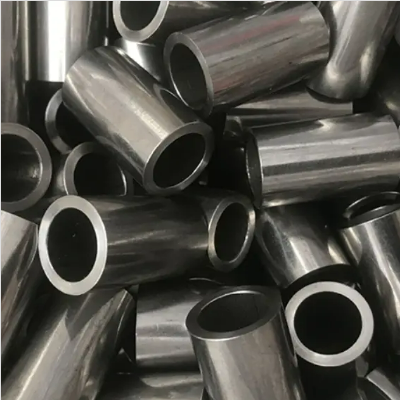Mobile:+86-311-808-126-83
Email:info@ydcastings.com
impeller in submersible pump
The Role of the Impeller in Submersible Pumps
Submersible pumps are widely used in various applications, ranging from groundwater extraction to wastewater management. One of the most crucial components of these pumps is the impeller. Understanding the function and importance of the impeller can significantly enhance the performance and longevity of submersible pumps.
The impeller is a rotating part of the pump that transfers energy from the motor to the fluid being pumped. It consists of a series of blades or vanes that work together to create a flow of fluid. When the impeller rotates, it draws fluid into the pump and expels it through the discharge outlet. This process occurs based on the principles of centrifugal force, which allows the fluid to be moved efficiently and effectively through various systems.
In submersible pumps, the impeller's design is particularly significant. Since these pumps operate underwater, the impeller must withstand high pressure and potential corrosion from the surrounding environment. Manufacturers often make submersible pump impellers from durable materials such as stainless steel, bronze, or plastic, which can stand up to these challenging conditions. The choice of material has a direct impact on the pump’s efficiency, resistance to wear and tear, and overall durability.
impeller in submersible pump

The performance characteristics of the impeller can greatly influence the overall efficiency of the submersible pump. For instance, impellers with larger diameters can move more fluid but may require more power to operate. Conversely, smaller impellers may be more efficient but can limit the flow rate. When designing or selecting a submersible pump, it is essential to balance these factors based on the specific requirements of the application, such as flow rate, head height, and energy consumption.
Another vital aspect of the impeller in submersible pumps is its role in maintaining a steady flow of fluid. Impellers must be optimized to create a smooth and continuous flow while minimizing turbulence, which can lead to inefficiencies and potential damage to the pump itself. Advanced computational fluid dynamics (CFD) simulations are often used during the design phase to refine the impeller shape and configuration for optimal performance.
Regular maintenance and inspection of the impeller are also crucial to ensuring the longevity of a submersible pump. Over time, wear and tear can affect the impeller's performance, leading to decreased efficiency and potential pump failure. Signs of damage or wear include reduced flow rates, abnormal sounds during operation, or increased energy consumption. Addressing these issues promptly can prevent more extensive damage and costly repairs.
In conclusion, the impeller in a submersible pump plays a critical role in its overall performance and effectiveness. From its design and material composition to its maintenance and efficiency, the impeller is a fundamental component that directly influences the reliability and functionality of submersible pumps. Understanding its importance helps users optimize pump performance, prolong its lifespan, and achieve better results in various applications.
-
Why Should You Invest in Superior Pump Castings for Your Equipment?NewsJun.09,2025
-
Unlock Performance Potential with Stainless Impellers and Aluminum End CapsNewsJun.09,2025
-
Revolutionize Your Machinery with Superior Cast Iron and Aluminum ComponentsNewsJun.09,2025
-
Revolutionize Fluid Dynamics with Premium Pump ComponentsNewsJun.09,2025
-
Optimizing Industrial Systems with Essential Valve ComponentsNewsJun.09,2025
-
Elevate Grid Efficiency with High-Precision Power CastingsNewsJun.09,2025











